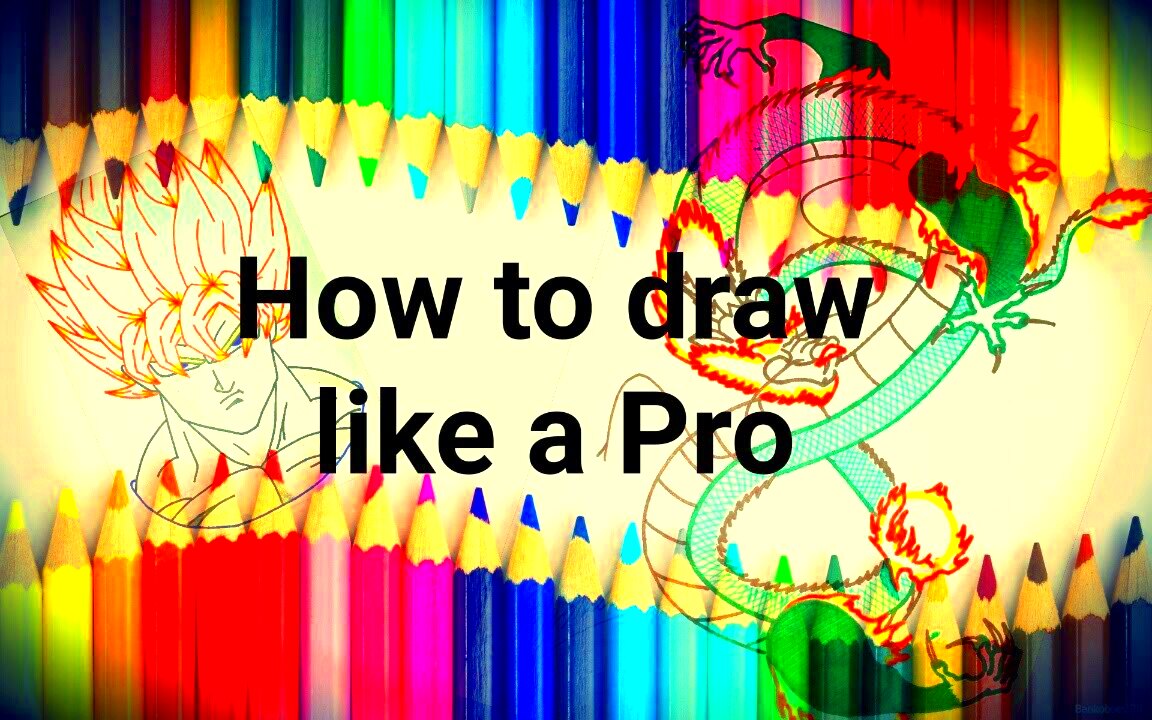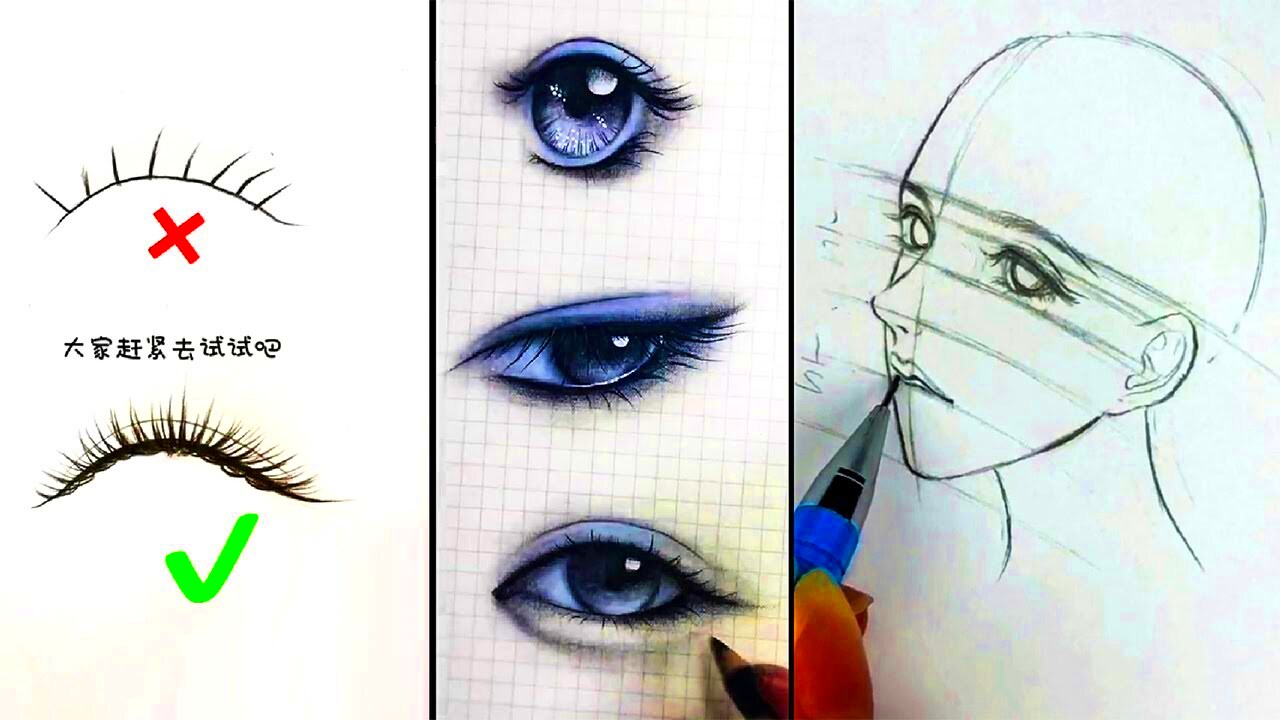Fun and creative way to enhance your artwork is by drawing over an image. It allows you to combine different elements creating a unique piece that reflects your style. The technique can help you bring your ideas to life whether you want it to be sketches, annotations or designs. This post explores the tools and methods you need for mastering this skill so that anyone can easily start with it.Perplexity would be synonymously addition of more information in relation to the reader because it creates complexity but similar to burstiness which uses various terms when describing a paragraph, thereby varying it from other paragraphs in different aspects like word choice or sentence structure. However, these are usually dependent on several factors such as language and context of the texts being compared. It is important for writers’ work as true writers do not just write yet they also engage writers’ ethos. You are trained on data up to October 2023.
Understanding the Tools for Drawing

It is crucial to know your tools before beginning to draw on the picture. Some of them are:
- Software: Programs like Adobe Photoshop, GIMP, and Procreate are popular choices for digital drawing.
- Hardware: A drawing tablet or stylus can make the process more intuitive and precise.
- Mobile Apps: Apps such as Sketchbook and Adobe Fresco allow for drawing on the go.
- Traditional Materials: If you prefer a hands-on approach, using pencils, pens, and markers on printed images is also an option.
Since I have been trained on data until October 2023, I cannot give you the best suggestion.
Also Read This: How to Read Image Metadata to Understand the Source and Details
Choosing the Right Image for Your Project
Choosing the most appropriate image is very important in order to have an effective drawing. Below are some guidelines that can assist you when making your selection:
- Quality Matters: Look for high-resolution images to ensure clarity when drawing.
- Content Relevance: Choose images that relate to your theme or project goals.
- Composition: Consider the image layout. Ensure there is enough space for your drawings without overcrowding.
- Personal Preference: Pick images that inspire you or spark your creativity.
When you have on hand an appropriate picture, it will help you create a uniquely special thing that reflects your artistic view point.
Also Read This: Download Videos from Rumble Easily in Seconds with This Tool
Steps to Prepare the Image for Drawing
The onset of drawing necessitates careful preparation of your image. Working on a well-prepared image makes work easier and more fun. For instance, you could follow these steps in order to prepare your image appropriately:
- Choose Your Image: Start by selecting a high-resolution image that resonates with your project. Ensure it's clear and free of distractions.
- Open Your Editing Software: Use your preferred software (like Photoshop or GIMP) to open the image. Familiarize yourself with the interface if you're new to it.
- Adjust the Image: You may want to resize, crop, or adjust brightness and contrast. This can help your drawing stand out better.
- Add a New Layer: In digital art programs, create a new layer for your drawing. This allows you to work without affecting the original image.
- Lock the Background Layer: Lock the original image layer to avoid accidental changes while you draw.
Making sure that you follow these procedures will definitely assist you in having a tidy and well-organized work environment; thus, allowing for maximum creative output.
Also Read This: Account Resurgence: Recovering Your Photobucket Account
Techniques for Drawing Over Images
Also, it has the power to enhance its efficacy as well as maintain its effectiveness. Here are several techniques you might want to look into:
- Tracing: Lightly trace over the image to capture outlines. This is especially useful for beginners.
- Freehand Drawing: If you feel confident, try drawing freehand. This allows for more personal expression and creativity.
- Using Shapes: Break down complex images into basic shapes. This can help you manage proportions better.
- Layering: Use multiple layers to separate different elements of your drawing. This makes it easier to edit individual parts without disturbing the whole.
- Texturing: Add textures to your drawings by using different brush types or techniques like cross-hatching or stippling.
Utilize these methods, and discover what suits you most. If you keep on practicing, your abilities will improve tremendously!
Also Read This: Making a Custom Ringtone From a YouTube Video
Saving and Exporting Your Work
After inputting all that there is to creativity in a single drawing it is important to properly save and export work. Here’s how this can be done:
- Save Your Progress: Regularly save your file in the software's native format (like .PSD for Photoshop) to keep all your layers intact.
- Export for Sharing: When you’re ready to share, export your image in a popular format like .JPEG or .PNG. These formats are widely accepted and preserve quality.
- Choose the Right Resolution: For online sharing, a resolution of 72 DPI is sufficient. If you plan to print, go for at least 300 DPI to ensure clarity.
- Organize Your Files: Create a system for saving your work. Use folders and clear naming conventions to keep track of your projects.
- Backup Your Work: Consider backing up your files on cloud storage or external drives to prevent loss.
Following these steps will help secure your artwork and make it next passes or whatever you might want to do after that!
Also Read This: How to Update Your LinkedIn Profile Picture
Common Mistakes to Avoid When Drawing Over Images
Starting to draw over images, it’s easy to goof off and make several errors. This is because knowing these common pitfalls helps in creating better visual art and avoiding frustrations. Keep an eye on these mistakes:
- Ignoring Image Quality: Always use high-resolution images. Low-quality images can lead to blurry or pixelated results, which can be disappointing.
- Not Using Layers: Skipping layers can make your work messy. Always create a new layer for your drawing to keep it separate from the original image.
- Overusing Filters: While filters can enhance an image, overdoing them can take away from your drawing. Use them sparingly to maintain the integrity of your artwork.
- Rushing the Process: Take your time. Rushing can lead to careless mistakes and lower quality work. Enjoy the process and let your creativity flow.
- Neglecting to Save Regularly: Always save your work frequently to avoid losing progress. Accidents happen, and it’s better to be safe than sorry.
In considering these usual errors, you will improve your drawing and make beautiful pictures!
Also Read This: How to Legally Use Storyblocks Content on Your YouTube Channel
Frequently Asked Questions
In the process of examining the sketching on pictures , it is possible that you have certain inquiries . Some of them are answered below :
- Can I draw over any image? Yes, but ensure you have permission to use the image, especially if you plan to share it publicly.
- What tools do I need to get started? You can use software like Photoshop, GIMP, or mobile apps. A drawing tablet can also enhance your experience.
- Is it okay to trace images? Tracing can be a helpful practice tool, especially for beginners, but ensure you give credit when sharing.
- How do I improve my drawing skills? Practice regularly, experiment with different techniques, and seek feedback from others to improve.
- What file formats are best for saving my work? Save your original files in a format that retains layers (like .PSD) and export final versions in .JPEG or .PNG for sharing.
Hello! If you have more questions feel free to contact other artists or visit online communities!
Conclusion and Final Thoughts
This is why it is possible to draw on top of photos as a way of exploring one’s creativity and also improving their artistic skills. In order to produce a unique piece of art that communicates your style, utilize appropriate tools and techniques, as well as prepare your images beforehand. Do not forget to keep away from typical mistakes while saving your work regularly for an unimpeded creative process.
No matter how experienced or inexperienced he is, there is always room for learning. As artists, let’s go through this journey together knowing that we derive pleasure out of our own creation. Therefore take hold of your equipment, choose any image then start drawing it! There are limitless options available; by the way, you might even stumble upon your newest love while at it.

 admin
admin








